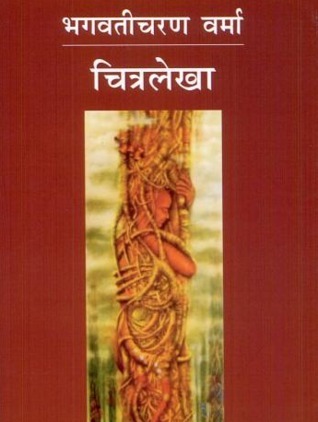What do you think?
Rate this book


200 pages, Paperback
First published January 1, 1934
पिपासा तृप्त होने की चीज नहीं। आग को पानी की आवश्यकता नहीं होती, उसे घृत की आवश्यकता होती है, जिससे वह और भड़के। …
जीवन एक अविकल पिपासा है। उसे तृप्त करना जीवन का अन्त कर देना है। मुझे जल की आवश्यकता नहीं, मुझे मदिरा चाहिए। …
नीतिशास्त्र का आधार तर्क है। धर्म का आधार विश्वास …
धर्म ईश्वर का सांसारिक रूप है …
हेमन्त के शीतल तथा शुष्क वायु में मधुमास के हल्के ताप और मतवाले सौरभ का समावेश हुआ। सारा वातावरण ही बदल गया। …
मनुष्य वही श्रेष्ठ है, जो अपनी कमजोरियों को जानकर उनको दूर करने का उपाय कर सके। …
उस समय सूर्योदय हो रहा था। कलरव के स्वर उस प्रात:कालीन समीर में गूँज रहे थे, जिसकी चाल नवविकसित कलिकाओं के सौरभ–भार से मन्द पड़ गई थी।
“संसार में पाप कुछ भी नहीं है, वह केवल मनुष्य के दृष्टिकोण की विषमता का दूसरा नाम है। प्रत्येक व्यक्ति एक विशेष प्रकार की मन:प्रवृत्ति लेकर उत्पन्न होता है–प्रत्येक व्यक्ति इस संसार के रंगमंच पर एक अभिनय करने आता है। अपनी मन:प्रवृत्ति से प्रेरित होकर अपने पाठ को वह दुहराता है–यही मनुष्य का जीवन है। जो कुछ मनुष्य करता है, वह उसके स्वभाव के अनुकूल होता है और स्वभाव प्राकृतिक है। मनुष्य अपना स्वामी नहीं है, वह परिस्थितियों का दास है–विवश है। कर्त्ता नहीं है, वह केवल साधन है। फिर पुण्य और पाप कैसा?
“मनुष्य में ममत्व प्रधान है। प्रत्येक मनुष्य सुख चाहता है। केवल व्यक्तियों के सुख के केन्द्र भिन्न होते हैं। कुछ सुख को धन में देखते हैं, कुछ सुख को मदिरा में देखते हैं, कुछ सुख को व्यभिचार में देखते हैं, कुछ त्याग में देखते हैं–पर सुख प्रत्येक व्यक्ति चाहता है; कोई भी व्यक्ति संसार में अपनी इच्छानुसार वह काम न करेगा, जिसमें दुख मिले–यही मनुष्य की मन:प्रवृत्ति है और उसके दृष्टिकोण की विषमता है। “संसार में इसीलिए पाप की परिभाषा नहीं हो सकी–और न हो सकती है। हम न पाप करते हैं और न पुण्य करते हैं, हम केवल वह करते हैं, जो हमें करना पड़ता है।”